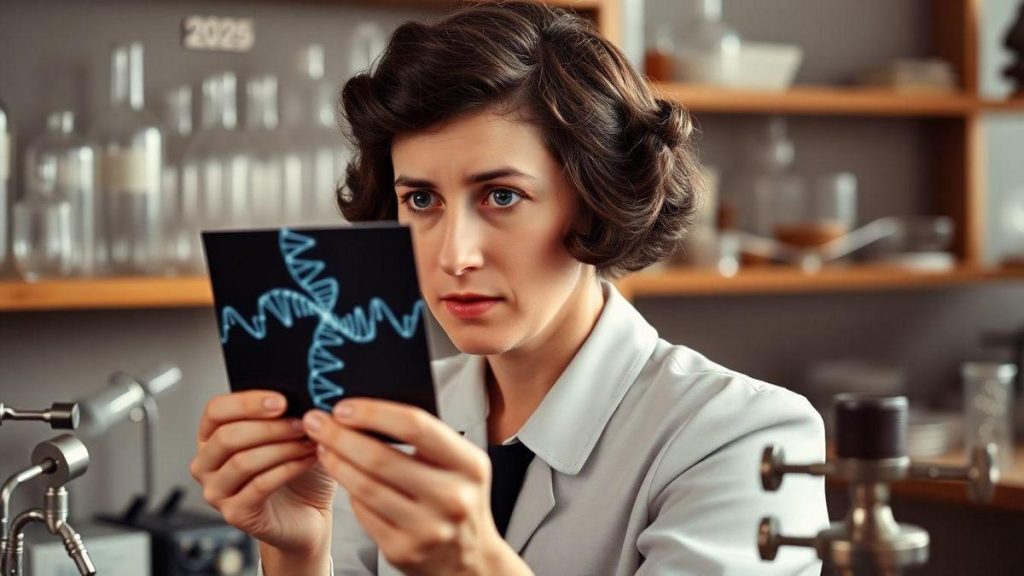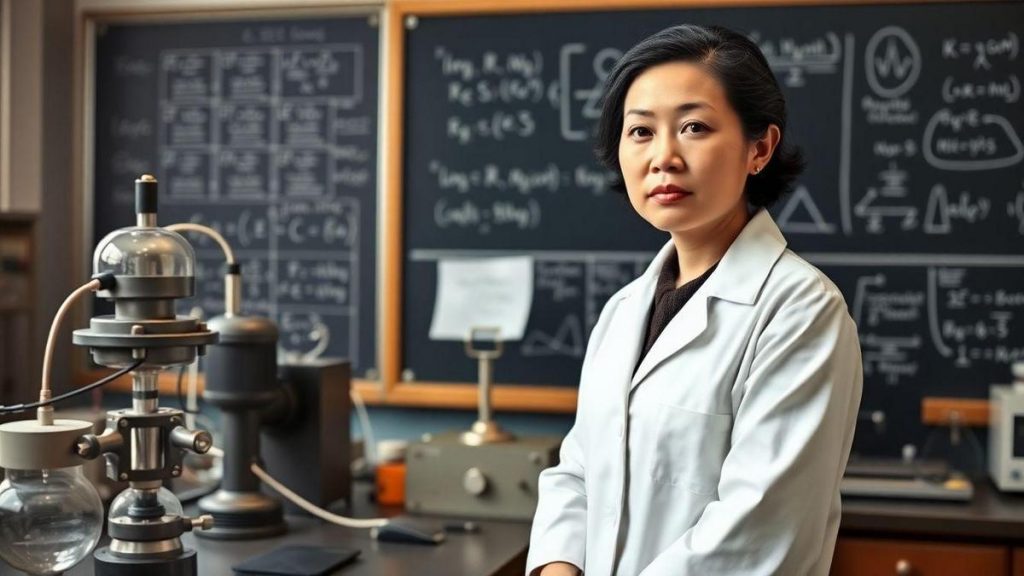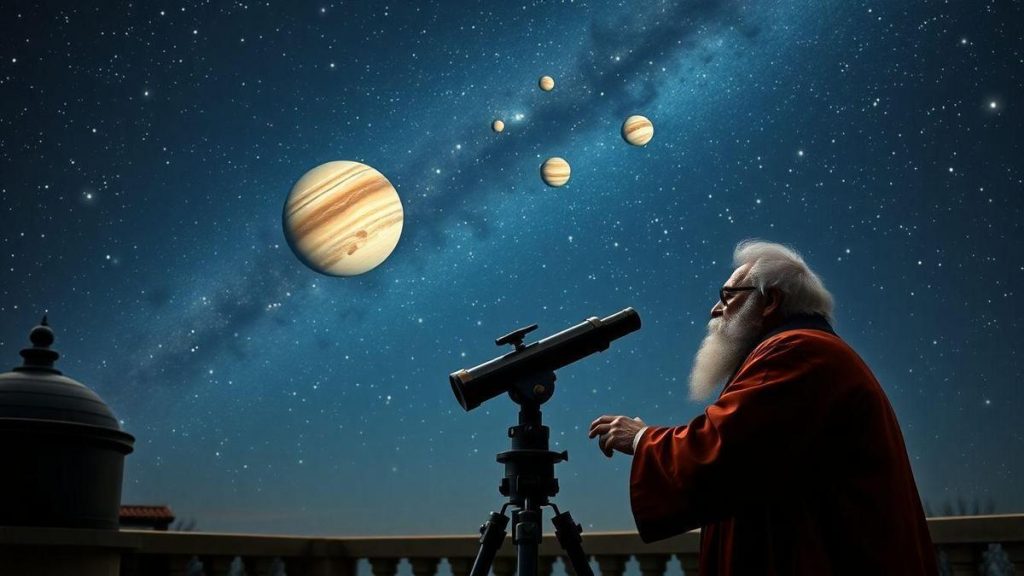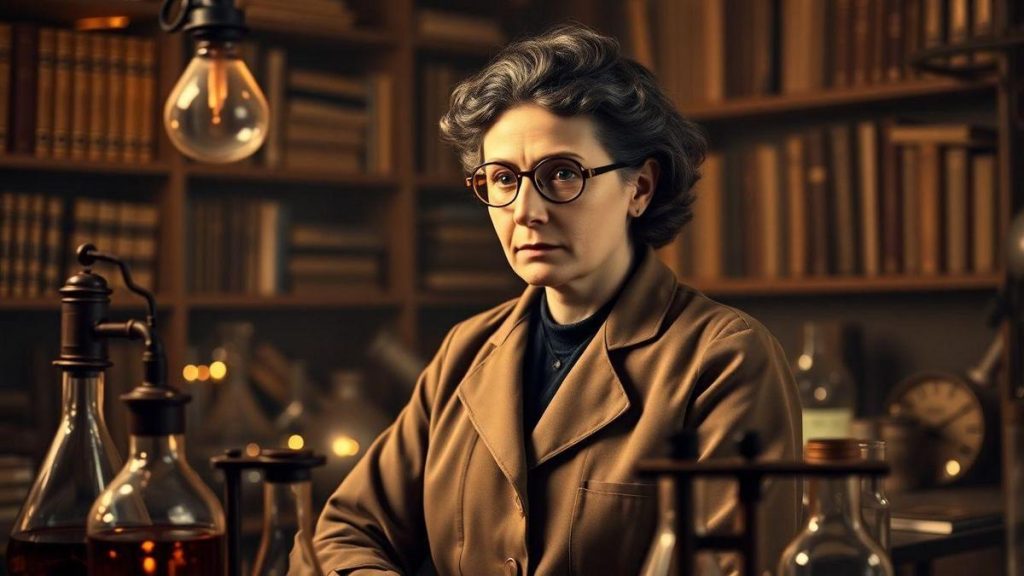Chien-Shiung Wu was one of the most brilliant figures in modern physics, with a legacy that still influences generations. Her work challenged scientific dogmas and profoundly altered the understanding of subatomic particles. Known for her precision and rigor, she earned respect in a predominantly male field.
By challenging the conservation of parity, Wu proved that even laws once considered unbreakable can be revised. Her contribution goes beyond physics: she represents courage, innovation, and pioneering spirit. This article explores how her experiments worked, their impacts, and her lasting scientific legacy.
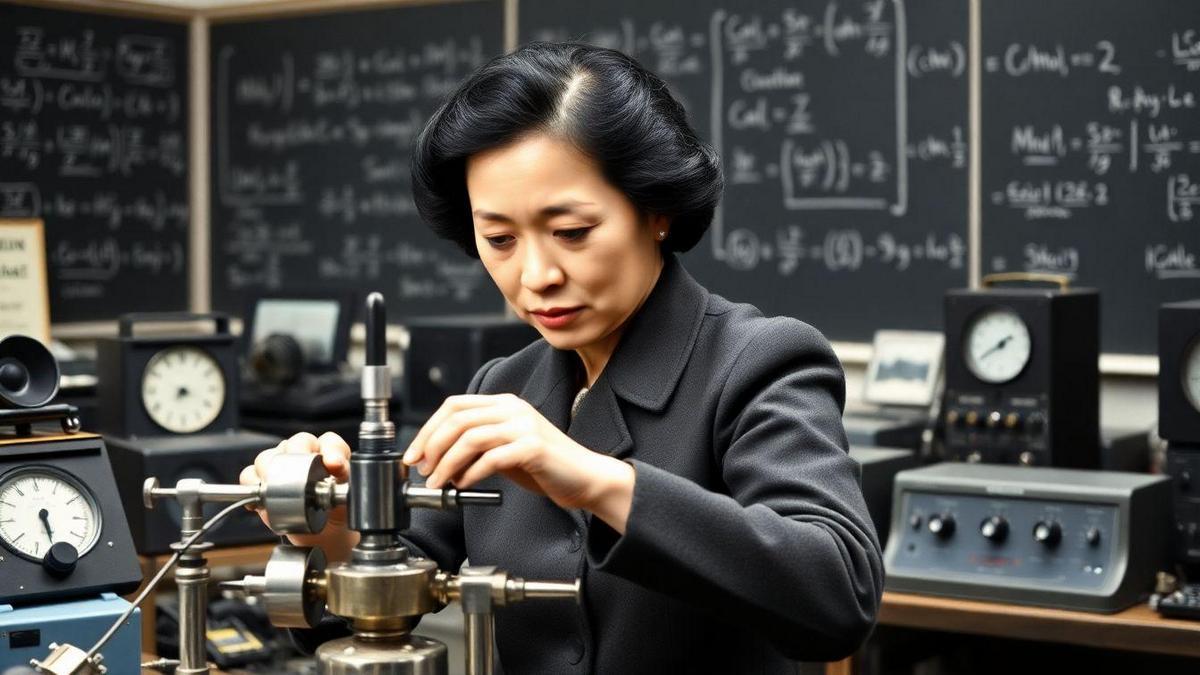
Introduction to Chien-Shiung Wu and Her Experiments
Chien-Shiung Wu, one of the most prominent physicists of the 20th century, is often referred to as the “Chinese Madame Curie” due to her significant contributions to the field of nuclear physics. Born in China in 1912, Wu moved to the United States, where she conducted research that would challenge the established norms of physics. Her experiments not only expanded our understanding of the nature of subatomic particles but also questioned fundamental laws that were considered unquestionable at the time.
Wu is best known for her work on the Wu experiment, which challenged the law of conservation of parity, a previously accepted principle that stated that the laws of physics are the same in a system and its mirror image. Her groundbreaking research brought new insights into particle behavior and paved the way for a new era of discoveries in physics. This article will explore how Wu’s experiments work, their advantages, and how she challenged the fundamental laws of physics.
The Principle of Parity and Its Challenge
Before Wu, it was believed that the laws of physics were symmetric under spatial inversion. This principle was called the conservation of parity. It held that physical laws would not change if an experiment were reflected as in a mirror.
Wu decided to test this assumption through experiments with beta decay. The choice of this phenomenon was due to its involvement with the weak interaction, one of the fundamental forces. It was an opportunity to observe the behavior of subatomic particles in detail.
The idea was simple but powerful: to observe whether the emission of electrons would occur equally in all directions. This would demonstrate the symmetry expected according to parity. The result, however, was surprising and changed physics forever.
The experiment showed that electrons were preferentially emitted in one direction. This indicated a break in symmetry, something previously unthinkable. Wu had experimentally demonstrated that parity was not universal.
The Technical Execution of Wu’s Experiment
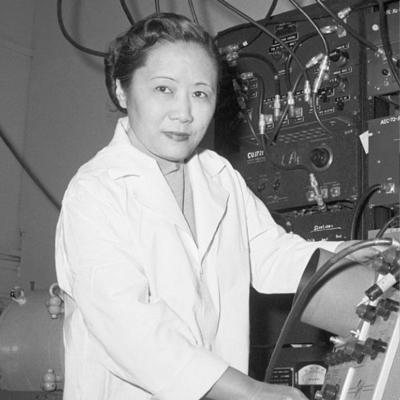
To conduct her experiment, Wu used atoms of cobalt-60, a radioactive isotope. They were cooled to extremely low temperatures to align their nuclei. Alignment was essential to detect the direction of emitted electrons.
The cooling was done using liquid helium, an innovative technique at the time. This approach allowed for more precise control of the experimental conditions. The uniformity of aligned nuclei increased the reliability of the results.
In addition, sensitive detectors were strategically positioned to capture the electrons. The predominant direction of emission would reveal whether there was symmetry. The collected data confirmed the asymmetry predicted by emerging theories.
The precision of the experiment was praised by the entire scientific community. Wu not only confirmed a theoretical hypothesis but also raised the standard of physical experiments. Her technique became a benchmark in nuclear experimentation.
Immediate Impact on Particle Physics
Wu’s discovery shook the foundations of particle physics. Until then, parity had been considered an inviolable principle. Its violation forced physicists to reassess fundamental concepts of symmetry.
Theories that had previously dominated the field had to be modified. Wu provided empirical evidence for models that predicted the breaking of parity. This strengthened the role of experimentation as a pillar of science.
Wu’s research spurred new studies on weak interactions. Physicists like Yang and Lee, who proposed the hypothesis of parity violation, were awarded the Nobel Prize. Wu, though fundamental in the validation, was not recognized with the same award.
Despite this, her contribution became a reference for all of modern physics. Her work allowed for the advancement of more complete theories, such as the Standard Model. Wu helped build the foundations for particle physics as we know it today.
How Chien-Shiung Wu’s Experiments Work
Chien-Shiung Wu’s experiments, particularly the one that challenged the conservation of parity, are remarkable examples of how experimental physics can alter our fundamental understanding of the universe. To understand how these experiments work, it is essential first to understand the concept of parity in physics. Parity refers to the symmetry of the laws of physics under spatial inversion, that is, whether the laws remain unchanged when observed in a mirror. Until Wu’s work, it was believed that this symmetry was a universal feature of physical interactions.
Wu’s experiment was designed to test the conservation of parity in beta decays, a type of radioactive decay. She used cobalt-60 nuclei cooled to extremely low temperatures and aligned in a magnetic field. The expectation was to observe electron emissions in directions that would confirm parity symmetry. However, the results showed a clear asymmetry, indicating that parity was not conserved in these processes. This discovery was revolutionary and challenged the established dogma in particle physics.
Wu’s methodology involved precise and innovative experimental techniques. She employed cryogenic cooling to align the cobalt-60 nuclei, allowing unprecedented control over the experimental conditions. Furthermore, the use of sensitive detectors to capture the direction of emitted electrons was crucial for observing parity violations. The success of Wu’s experiment highlighted the importance of rigorous and meticulous experimental approaches in physics.
The importance of Wu’s experiments cannot be overstated. By demonstrating that parity is not conserved in weak interactions, Wu opened a new field of research in particle physics. Her discoveries not only challenged established theories but also inspired a reevaluation of the fundamental principles of physics. Wu’s approach to scientific experimentation remains a model of precision and innovation in the field.
Advantages of Chien-Shiung Wu’s Experiments
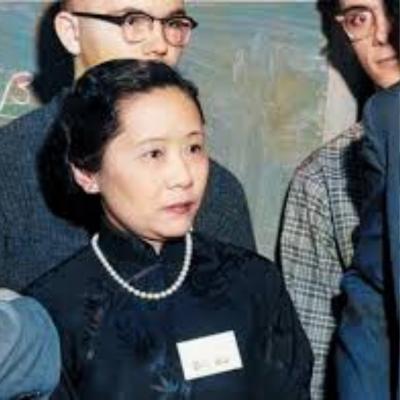
Chien-Shiung Wu’s experiments brought numerous advantages to physics, not only in terms of theoretical advancements but also in experimental methodologies. The first and perhaps most significant advantage was the promotion of a new understanding of weak interactions, one of the four fundamental forces of nature. Before Wu’s work, parity conservation was a cornerstone of physics. By demonstrating that parity is not conserved in beta decays, Wu paved the way for new theories that explain phenomena which could not be understood under the old assumptions.
Another advantage of Wu’s experiments was the validation and promotion of innovative experimental techniques. Her use of cryogenic cooling and the alignment of atomic nuclei in magnetic fields set new standards for experimental precision. These techniques were adopted by other researchers and became fundamental to research in nuclear and particle physics. The impact of her methodologies is evident in how modern experiments are designed and conducted.
Furthermore, Wu’s experiments had a significant impact on scientific collaboration. Her work demonstrated the importance of interdisciplinary and international collaboration in physics. Wu worked with a diverse team of scientists, and her research was made possible by the combination of knowledge from different areas of physics. This model of collaboration continues to be a pillar of contemporary scientific research, where the complexity of problems requires multifaceted approaches.
Finally, Wu’s experiments had a lasting impact on education and the inspiration of future generations of scientists. As a woman in a male-dominated field, Wu challenged not only the laws of physics but also the social norms of her time. Her career and achievements have inspired many women to pursue careers in science, technology, engineering, and mathematics (STEM), contributing to a more inclusive and diverse field.
How Chien-Shiung Wu Challenged the Fundamental Laws of Physics
Chien-Shiung Wu challenged the fundamental laws of physics in several ways, the most notable being her demonstration of the violation of parity conservation. This remarkable achievement not only changed the understanding of particle physics but also opened new possibilities for scientific research. Below are some of the ways in which Wu challenged and influenced modern physics:
Challenge to Parity Conservation: By demonstrating that parity is not conserved in beta decays, Wu challenged one of the most fundamental assumptions in physics. Her research showed that weak interactions do not obey parity symmetry, a discovery that revolutionized particle physics.
Innovation in Experimental Techniques: Wu introduced new experimental techniques, such as the use of cryogenic cooling and nuclear alignment, which were fundamental to the success of her experiment. These innovations set new standards for experimental research and continue to influence modern physics.
Interdisciplinary Collaboration: Wu worked closely with both theoretical and experimental physicists, demonstrating the importance of interdisciplinary collaboration. Her collaborative approach remains a model for contemporary scientific research.
Inspiration for Women in Science: As one of the few women in her field, Wu paved the way for future generations of women scientists. Her career and achievements continue to inspire women to pursue careers in STEM, challenging social norms and promoting diversity in the scientific field.
Contributions to Nuclear and Particle Physics: In addition to her work on parity, Wu made significant contributions to nuclear and particle physics, including research on nuclear structure and subatomic particle behavior.
Lasting Legacy: The impact of Wu’s experiments continues to be felt in modern physics. Her discoveries opened new fields of research and continue to influence the development of theories and experiments in particle physics.
Chien-Shiung Wu not only challenged the fundamental laws of physics but also left a lasting legacy that continues to influence scientific research. Her innovative and collaborative approach to scientific research serves as a model for future generations of scientists, while her contributions to physics remain a source of inspiration and progress.
Frequently Asked Questions
Who was Chien-Shiung Wu?
Chien-Shiung Wu was a Chinese experimental physicist who stood out in nuclear physics experiments. She is famous for her work that challenged fundamental laws of physics.
What did Chien-Shiung Wu do that was so important?
Wu led the experiment that challenged the principle of parity conservation. This changed scientists’ understanding of weak nuclear interactions.
